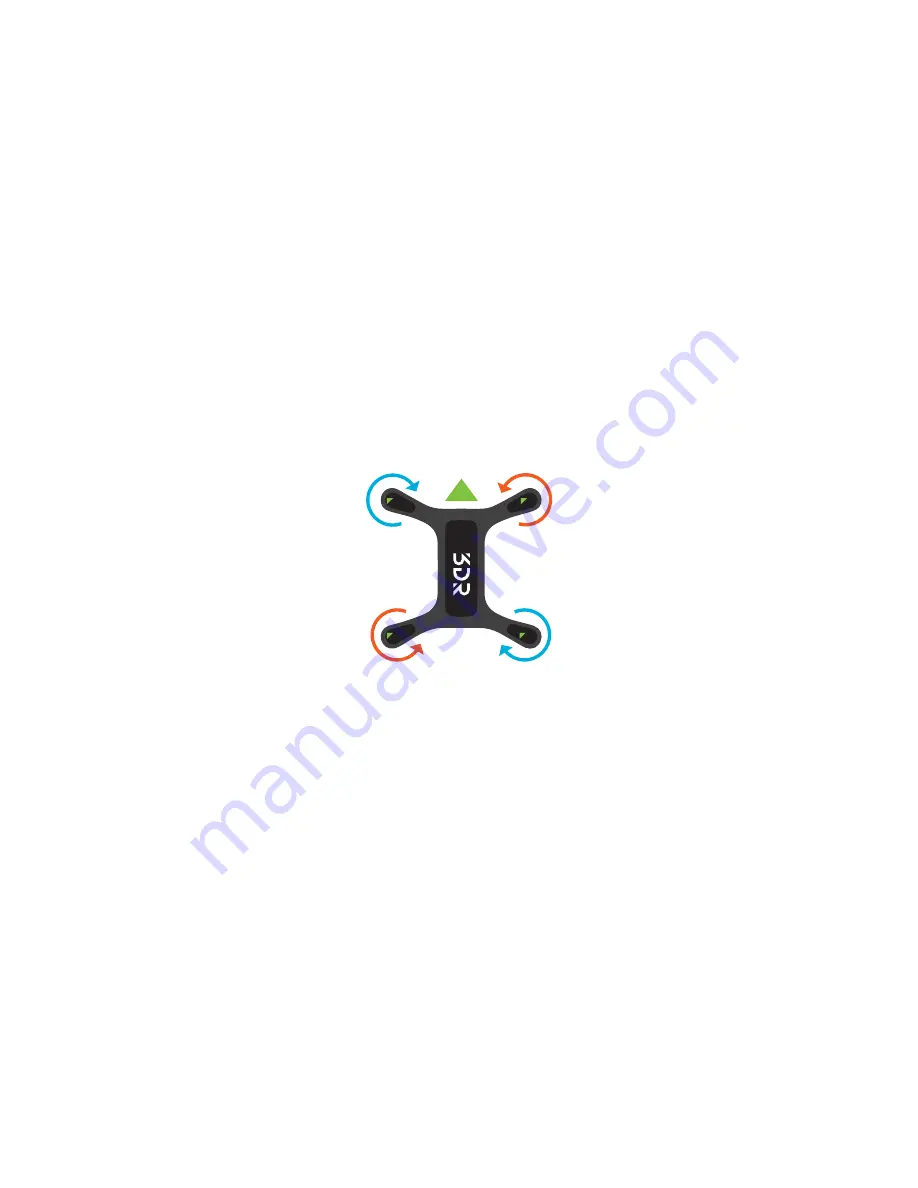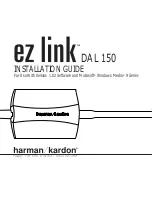
5
1.5 Autopilot
Solo uses a Pixhawk 2 autopilot running ArduPilot Copter software. ArduPilot is open-source flight control based on
the MAVlink communication protocol. Pixhawk 2 runs an ARM Cortex-M4 STM32F427 processor with 2 MB of flash
memory and 256 KB of RAM. Combined with an array of CAN, I2C, SPI, PWM, and UART interfaces, Pixhawk 2
uses a suite of onboard sensors to calculate Solo’s orientation and motion in flight. This data is input into ArduPilot’s
inertial navigation and position-estimation algorithms and combined with control inputs to send commands to Solo’s
propulsion system.
1.6 Propulsion
Solo uses four brushless 880 K
v
motors and four self-tightening propellers for propulsion. For control and
aerodynamic efficiency, two motors spin clockwise and two motors spin counterclockwise. Navigation in the air is
achieved by mixing propulsion of the four motors to actuate flight control along the roll, pitch, and yaw axes.
Each of the four motors is numbered by the marking on the arm. These numbers correspond to the autopilot
calculations for these commands and are used for indicating motor replacement procedures. Each motor is
controlled by an ESC (Electronic Speed Controller) that regulates the rotation of the motors to achieve the speed
commanded by the autopilot.
Figure 1.6.1: So
03
01
02
04
lo Motor Order
1.7 LED Meanings
Solo’s four LEDs indicate its status during startup and in flight.
•
Solid white (front) and red (back):
Ready to fly, standard flight configuration
•
Pulsing white (front) and red (back):
Solo is flying under autopilot control
•
Flashing red alternating front and back:
Controller signal lost
•
Flashing rainbow:
Update in progress
•
Solid green, then turning off one-by-one:
Startup successful
•
Solid green without turning off automatically: Startup unsuccessful, please restart Solo
Summary of Contents for Solo
Page 1: ...User Manual ...
Page 81: ......













































